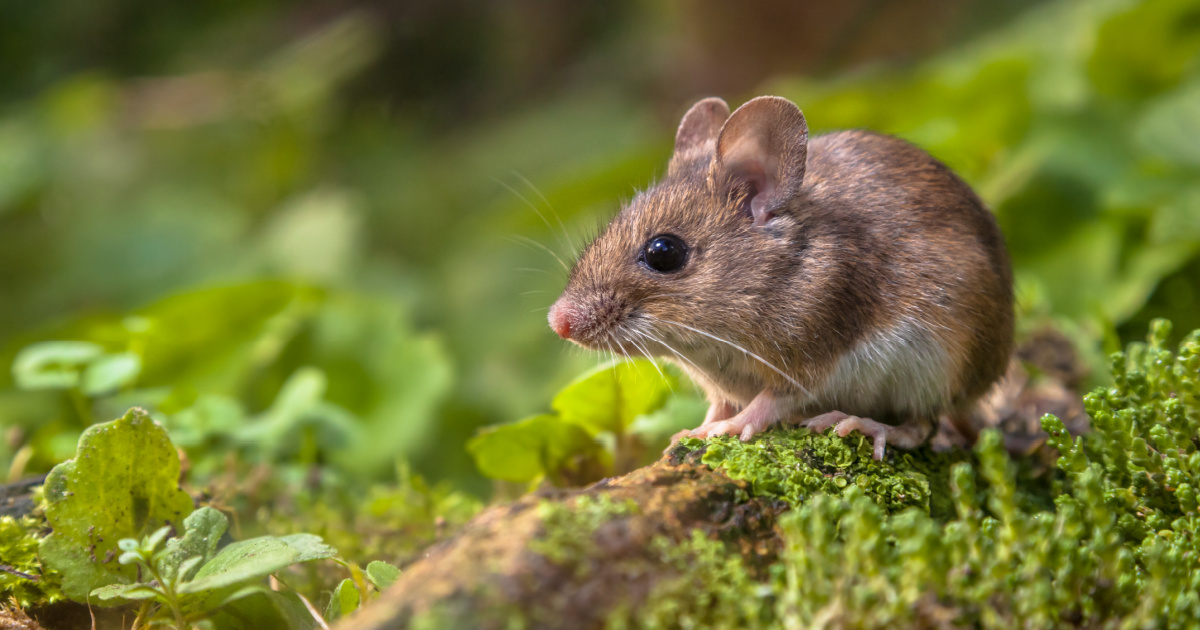
We know that forests are a delicate ecosystem – one that can be easily upset by things like climate events, overhunting or otherwise diminishing an animal population, invasive insects, too much harvesting of plant life, etc etc.
Now, biologists and other scientists are suggesting that the personality of those small mammals that are a part of the ecosystem matters, too.
And maybe quite a bit.
The researchers involved believe that this proves that the richness of diversity in any population is what is required for an ecosystem to truly thrive.
In this case, a study proved that both brave and cautious personality types are required to sustain a healthy environment.
To come to this conclusion, biologists began by hiding caches of pine seeds in Penobscot Experimental Forest (PEF). Graduate student Brigit Humphreys was involved in hiding these eastern white pine seeds for “pilferers” to find.
“The point of the project was to figure out how small mammal personality and animal personality in general influence different ecological processes. We’re focused on small mammals because they’re a great study system. They’re abundant, we get a really good sample size and we can actually conduct experiments on them in the forest.”
Small mammals like mice are dependent on trees and fungus for food, but they also give something back by dispersing seeds and spores, colonizing new territory for those stationary objects in the process.
This can be especially necessary after things like storms, fires, or too much human activity.
Until now, the need for these animals has been focused on the species as a whole, but Humphreys says their study wanted to focus on what each individual might bring to the process.
The researchers trapped 3,311 squirrels, chipmunks, voles, shrews, and mice in six patches of the PEF. They gave them personality tests that included traits like a tendency to explore new territory.
Then, they put out cameras, attached tags to the rodents, and released them back into the wild.
They found that deer mice are great at finding and raiding pine nut caches, but for each individual, there is a tradeoff in being part of the raiding party versus the mice staying home to mind the nest.
The outgoing mice get to find the food but are less likely to get to eat as much of it, plus they risk getting spotted and eaten in the process.
This is because although the mice eat some of the seeds when they find them, they move and rebury many of them as well, then forget where they are before they can return.
It’s not a productive enterprise, either – 83.5% of the reburied caches were found and plundered by another animal within a week.
Sometimes, the plunderers rebury the same seed again, which allows the plant to be dispersed among a wider range.
Researchers determined these bold, enthusiastic pilferers enhanced seed dispersal both by their own efforts and by requiring the next animal to go further away in an attempt to hide one.
If too many are caught by predators, it leads to a more uniform and less resilient forest.
“The take-home message of all the research we are doing is that individuals are important. There’s a big push in the science community to observe biodiversity, but beyond biodiversity, we have to be conserving behavioral diversity within a species if we truly want to have fully functional ecosystems.”
Make of that what you will, but many believe this applies all the way up the food chain – human beings included.
Of course, your kindergarten teacher already knew this.
Thought that was fascinating? Here’s another story you might like: Why You’ll Never See A Great White Shark In An Aquarium